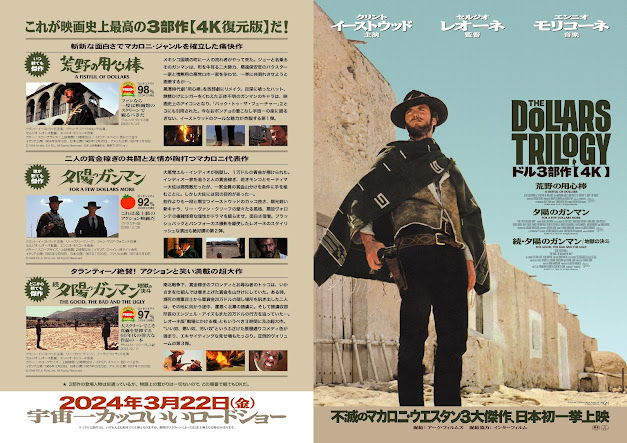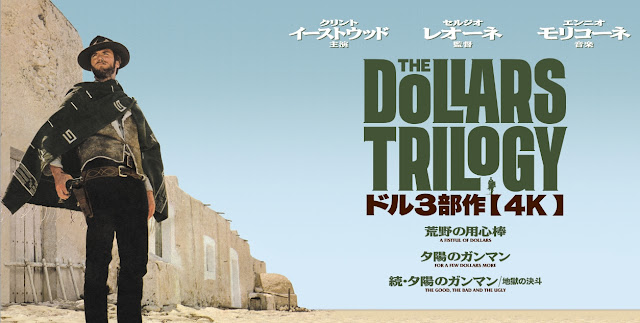Frank Frazetta’s early concept artwork for Paint Your Wagon
Our correspondents, Kevin Wilkinson unearthed a rather interesting piece on the artist Frank Frazetta that was new to both me and several other fans. Like myself, I always thought that The Gauntlet was the only Eastwood project that Frazetta had worked on, but apparently this wasn’t the case…
Frazetta was apparently painting and providing film poster artwork since the mid 60’s. And we were quite surprised to learn that he had worked on early designs for the musical Paint Your Wagon. While drawing a ‘rough’ (an early concept) for the poster for the 1969 film adaptation of the Broadway musical Paint Your Wagon, Frazetta apparently got fed-up and quit the project. Ron Lesser and Peter Max eventually provided posters for the movie, neither of them producing anything that was remotely similar to the direction that Frazetta had been going. Frazetta had said that Paint Your Wagon was his last movie work, but his memory in terms of dates and details during his career, was proving somewhat varied. Frazetta actually produced the posters for Mrs. Pollifax - Spy (1971), The African Elephant (1971) documentary (unused) and Luana in 1973 and several others in the following years.
By 1977 Frazetta was comfortable financially and without having to paint movie posters and he wasn’t interested in doing any more, no matter who asked. That was until Clint Eastwood called regarding his next film, The Gauntlet.
Below: Early artwork for Paint Your Wagon
I suppose Frank Frazetta will forever be associated with The Gauntlet’s classic poster. However, it’s great to see an early example of his Paint Your Wagon artwork – sadly, we can only imagine how the final design would have looked.
My thanks to Kevin for finding this piece.













































